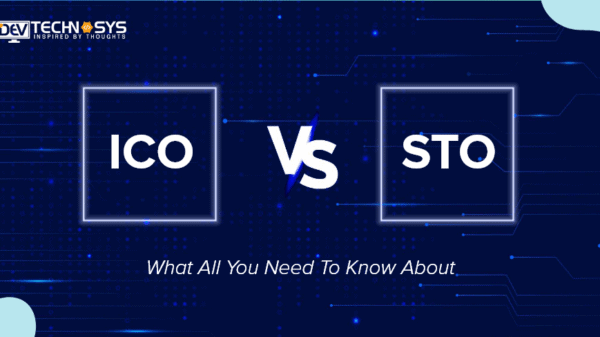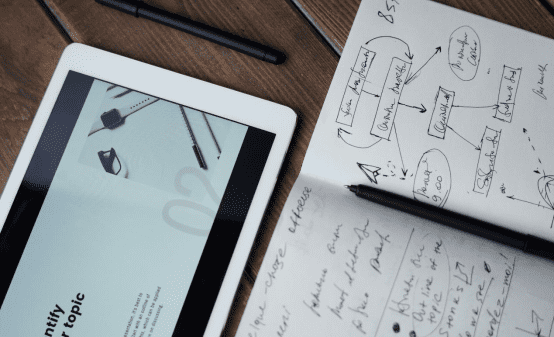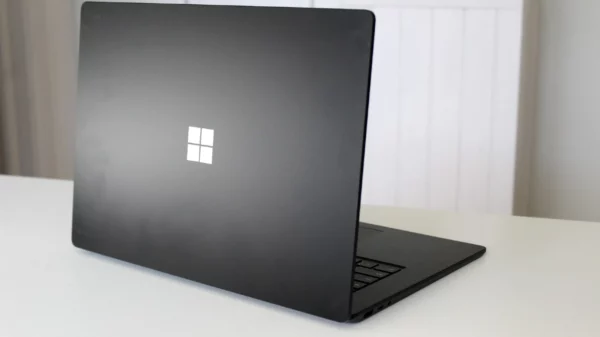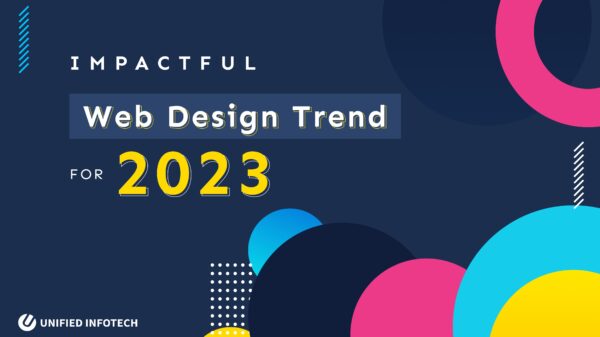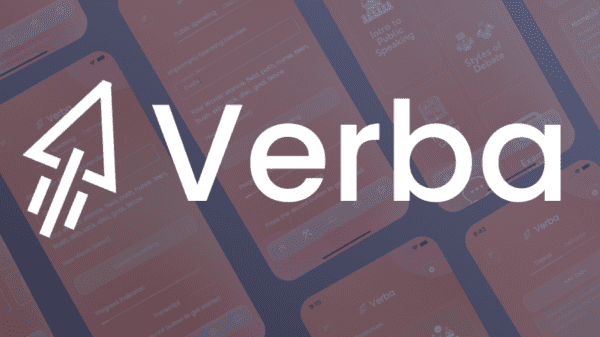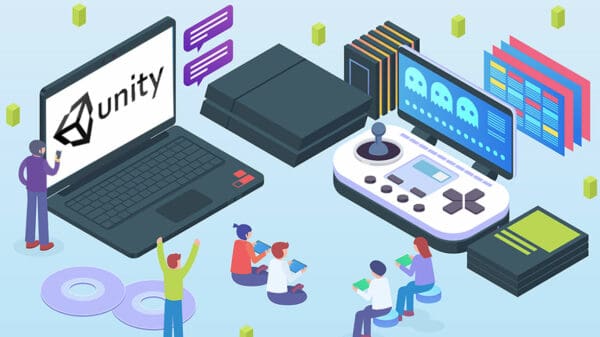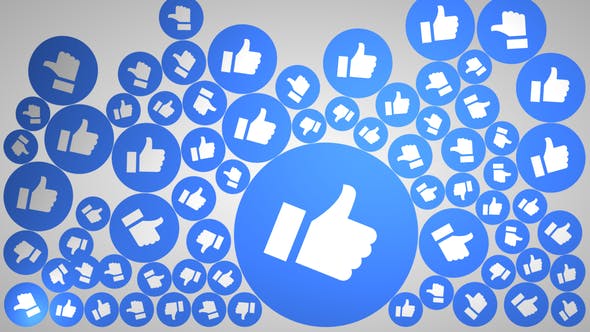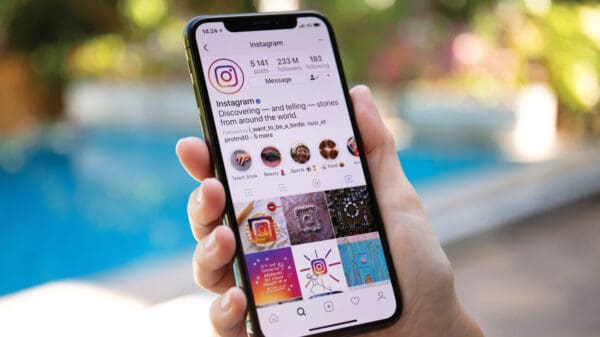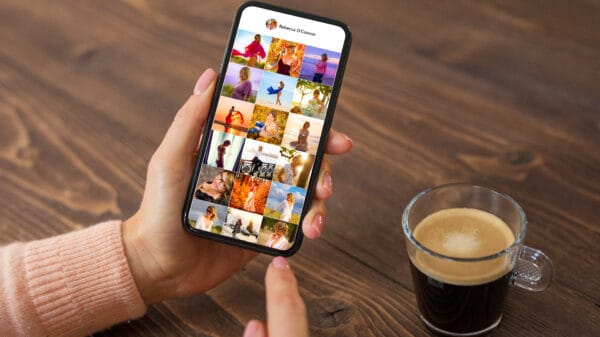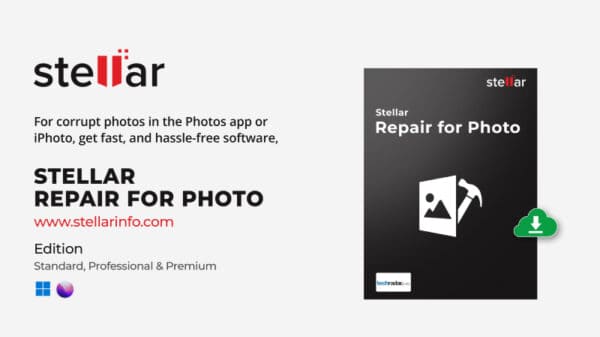Are you a startup or corporate looking to develop your dream mobile app? It’s crucial to make the right decision when it comes to choosing between iOS and Android for native development. Making the wrong choice can lead to time-consuming and costly mistakes, resulting in lost opportunities and increased expenses down the line. But don’t worry – we’ve got you covered!
In this ultimate guide, we’ll cover all of the essential criteria that should be taken into consideration when selecting either iOS or Android native development so that you can make an informed decision on what’s best for your business needs.
Android vs iOS development which is easier
When it comes to ios vs android app development, there are important differences that can impact the ease of the development process. Both operating systems offer powerful features and capabilities but have different architectures and design principles.
iOS applications must be built in a specific programming language (Objective-C or Swift) while Android apps require knowledge of Java or Kotlin. Additionally, iOS has a restricted list of devices and screen sizes which developers should consider when building their application’s user interface, while Android offers more flexibility as its design system is based on responsiveness rather than constraints.
The major difference between ios vs android app development lies in the deployment process:
- Apple requires extra steps such as manual code signing before an application can go live on the App Store.
- Android, on the other hand, can be deployed using an easier process called ‘side loading’ which does not require manual signing or submission to an app store.
When it comes to iOS vs Android app development, both have their advantages and disadvantages depending on your project requirements and timeline.
iOS may be more accessible for beginners as its code is based on popular languages such as Swift while Android offers a wider range of devices and customization options.
Ultimately, whether ios or android development is easier will depend on the individual’s experience level, goals, and resources available. With that being said, with careful planning and preparation app development can be achieved by anyone.
Android and iOS app development language
When it comes to Android and iOS app development, the language you choose to write in is crucial. Android uses Java and Kotlin while iOS primarily uses Objective-C and Swift. Each language has its advantages and disadvantages that should be considered carefully when making a decision.
Android App Development Language
Java is widely used for Android development due to its portability and scalability but is ultimately limited by its lack of speed. Meanwhile, Kotlin, a newer Android language, has proven as a viable alternative with its improved performance capabilities over Java while also offering advanced features such as null safety.
iOS App Development Language
For iOS development, Objective-C is an older language but still heavily relied upon due to its powerful tooling support. Swift, introduced more recently in 2014, is an open-source language that has quickly gained traction, offering improved performance and easier syntax compared to Objective-C.
Ultimately Android developers must decide between Java and Kotlin while iOS developers have the choice of either Swift or Objective-C.
Each language offers its benefits and drawbacks, making research and practice essential when selecting which one best suits your project.
Taking the time to fully understand each language’s advantages can ensure that you develop an app with optimal functionality for Android or iOS platforms.
With a clear understanding of Android and iOS app development languages, you are ready to create successful applications for every platform.
Difference between iOS and Android app design
| iOS | Android | |
| User Interface Design Language and Toolkit Guidelines | Apple Human Interface Guidelines, Xcode & Swift for development. | Material Design, Android Studio & Java for development |
| Principles of good user experience design. | Intuitive Interactions, Consistent UI elements, Focus on Content & Intelligent use of Color. | Responsive Animations, adaptive layout design, unified UI Components & Vibrant color palette. |
| Testing Requirements | Simulators or Actual Devices | Emulators or actual devices |
User Interface
Apple’s design philosophy is to keep the user interface simple, intuitive, and consistent across all devices. Google’s focus on customization allows for more freedom to personalize the UI with themes, icon packs, and more.
Layout & Navigation
Android devices have a ‘Back’ button that lets users go back to previous screens without having to use gestures like swiping left or right. iOS apps have a ‘Home’ button which takes them back to the home screen instead of going back through every page they visited.
Gestures & Interactions
iPhones offer 3D Touch technology as an additional way of interacting with an app. Apple also introduced a larger list of predefined gestures, such as pull-to-refresh and pinch-to-zoom, but Android does not utilize these same gestures.
Notification Design & Behavior
iOS notifications are usually displayed in an inconspicuous banner at the top of the screen, while Android notifications take up more space by using popups that can be interacted with directly from the notification.
Animation
Animations on iOS devices tend to be smoother than those on Android devices due to Apple’s focus on performance optimization. Google has recently been taking animation quality seriously by introducing improvements to its framework for animating elements in apps.
For example, Android typically uses a back button in its UI which allows users to navigate backward through menus, while iOS does not have this feature. Additionally, Android traditionally includes an overflow menu that provides access to hidden options, whereas iOS relies more heavily on swiping gestures.
Another distinction between iOS and Android app design regards their aesthetics. Android tends to use bold colors with strong contrast whereas iOS prefers a minimal, flatter design. Android also allows for more personalization options, whereas iOS is more focused on uniformity and consistency across apps.
Finally, when it comes to user experience (UX), both platforms prioritize intuitive navigation designs. However, there are differences in the type of interactions that developers can use. For example, iOS heavily relies on swiping actions while Android has an array of touch gestures such as long press and double tap.
iOS and Android design guidelines cheat sheet
The iOS and anAndroidesign guidelines cheat sheet is a handy tool for mobile app developers. It outlines the key differences between ios and android interface design principles to ensure an optimized, consistent user experience across devices. Here are the main points of differentiation between ios and Android:
Platform
iOS has a closed platform environment while Android is open source.
User Experience (UX)
iOS designs have a focus on clarity and simplicity, while Android focuses on flexibility.
Design Language
iOS uses the flat style with crisp fonts, while Android generally uses more rounded elements with brighter colors.
Navigation Patterns
iOS typically employs hierarchical navigation while Android utilizes tabbed navigation or swiping through pages.
Icons
iOS uses more standardized icons, while Android allows more flexibility with custom icon styles.
Typography
iOS typically simplifies fonts to keep the interface clear and clean, while Android adds bolder and heavier font weights for emphasis.
By understanding these key points of differentiation between ios and android design guidelines, developers can create intuitive user experiences that are optimized and consistent across all devices.
Android vs iOS user experience
Android and iOS are two of the most popular mobile operating systems currently available. Android is an open-source OS that is developed by Google, while iOS is proprietary to Apple. As such, Android and iOS have very different user experiences. Here are some of the key differences between Android and iOS:
- User Installed Apps: Android allows users to install apps from outside sources, while iOS only permits apps to be installed through Apple’s App Store. This can enable Android users more flexibility in terms of downloading apps, but also comes with a greater risk of malware or virus attacks.
- Interface Design: Android devices have customizable home screens and allow for personalization. iOS on the other hand has a more uniform design with limited customization options, and users must stick to Apple’s pre-approved design elements.
- Compatibility: Android devices tend to be more compatible with third-party hardware and software, while iOS requires users to use mostly proprietary Apple products for the full experience.
- Security: Android is often less secure than iOS, due to its open-source nature. Android users should take extra caution when downloading apps from outside sources, as they can potentially contain malicious code. On the other hand, iOS is much more secure as it only allows the installation of apps through Apple’s App Store which vets all applications before they are released into the market.
- Performance: Android devices generally have lower performance levels compared to iPhones, due to Android’s compatibility with a wider range of hardware. iPhones tend to have faster processors and higher performance levels overall.
- Price: Android devices tend to be much more affordable than iPhones, as Android phones are made by multiple manufacturers around the world. iOS devices are only produced by Apple and thus typically come at premium prices.
Overall, Android and iOS offer users very different user experiences depending on what they prefer. Android has more flexibility in terms of customization, while iOS offers greater security and performance levels. Ultimately, which OS is best for you will depend on your individual needs and preferences.
Summing up
Creating an app on iOS is generally easier than Android due to Apple’s stringent guidelines which make sure each app follows its standards. The process of getting an app accepted by Apple takes longer too, with more rigorous testing and approval requirements.
Android, however, is more open-ended and allows for more experimentation in the development process. Although getting an app onto the Google Play Store is easier than Apple’s App Store, creating an app on Android still requires a good understanding of mobile platforms, as well as mobile design principles.
Techmango’s hybrid mobile app development services make your mobile app development process much simpler – no matter which platform you choose. Our team of experienced mobile strategists, designers and developers have the skills to create powerful mobile apps from scratch quickly and efficiently.
Tech Blogger, Loves to write the ideas that inspire you!

